Celebrating Emergency Medical Services in Chungju City
World Firefighter Games (http://worldfirefightersgames.com) is a little like the Olympics, with 50 countries and 6000 participants competing in sports events. Held biennially, this year’s tournament was in Chungju City. One of the highlights is the emergency medical services conference. I was grateful to be invited to represent Singapore as a speaker, albeit at the eleventh hour (Enjoying Korean Cuisine In Chungju City).
Breakfast With The Big Boys
The big day started out with breakfast with my fellow delegates, mostly bemedaled leaders in emergency medical services all over the world. To be honest, I felt intimidated, in an arena dominated by strong male heroes who gravitated towards each other with quiet ease. Their stars, strips and medals were like beacons. I felt a little lost in this international boys’ club of the warm handshakes, knowing looks and limited chatter. Eventually, I decided risk rejection, introduce myself anyway and see if I could learn from these leaders.
Well guess what I discovered? These men weren’t approaching me, not because I’m just a girl, but simply because English isn’t their first language. What a terrible assumption I had made initially! With the help of Mr Taehoon Park, MD of the Laerdal Medical Korea, I was at least able to have a chat with the Chief Fire Commissioner of Korean’s National Fire Agency and Professor DM Shin, Chairman of the Korean Society of Emergency Medical Services, about the evolving prehospital landscape in South Korea.
An International Symposium on Emergency Medical Services
Special Accident Education
After the breakfast meeting, we were led to the conference hall that was packed to the gills. A suite of Korean translators assisted live, on various channels with the multi-lingual discourse. At the opening ceremony, we were introduced onscreen and onstage. See if you can spot me in the corner!
Then the conference proper kicked off with a mind-blowing presentation by a Royal Thai Navy SEAL. He had conducted the risky diving operation to retrieve children stuck in a cave. (https://www.bbc.com/news/amp/world-asia-44791998) I was thrilled to meet him after and learnt that the exhausted, half-starved children had to be sedated for safety, and how long the treacherous diving route was.
I felt blessed that in the children’s emergency, when we sedate patients for procedures, it’s under optimal conditions. Furthermore, we usually have several safe options. In this case, the amazing Thai rescue team had to make the best of a very dire situation and they managed to save every single boy. What an inspirational story!
Discussing Common Goals
During lunch, I had the pleasure of sharing a table with the Japanese delegate. Earlier he had shared about the emergency response to the Kumamoto earthquake and had us all agog. Presently, we made friends with our other tablemates, the delegates from the UAE as well as the US. In fact, the American delegate, Lt Col Ryan Hampton, was going to be speaking on the same panel as me later. The former paramedic turned medivac pilot was keen to encourage Koreans to give paramedics more authority to treat their patients. This was a controversial topic that divided the emergency medical services team at the moment. Some were lobbying to do more, while others remained conservative.
We then visited the Laerdal booth where there was a friendly competition to see whose CPR skills were most effective. In Singapore, my current challenge is simply teaching bystanders how to do CPR and At The Heart of The Matter, to dare to do it. However my next goal is to teach high quality CPR to give our cardiac arrest victims the best chance of survival. At the Laerdal booth, competitors did CPR on manikins tagged with different colors. The key performance indicators were to push hard (4-6cm deep) and fast (100-120 beats a minute). A screen represented their progress with an ambulance icon. The first to reach the finishing line won a virtual trophy amidst much fanfare. What clever software! I love when technology is used effectively in community education.
A Big Conversation About Emergency Medical Services
The symposium continued with sessions on prehospital training of emergency medical services teams and mine was the very last item. I don’t consider my presentation on the scope of the prehospital team and our good work launching the DARE app to be a lecture, as much as a conversation. The reason is, after our panel discussion, the room erupted into an extended session of questions and answers, which is any panel’s dream come true.
Community CPR
Some of the questions revolved around whether we encounter bystanders reluctant to do CPR for fear of making mistakes.
Well, there are two issues, teaching technical skill and social responsibility, the later being more difficult to impart. I agreed that it’s easier to teach children social responsibility which is why we pushed to include DARE in core school curriculum. ( Anatomy of A Letter.)
Roles & Responsibility of Paramedics
Some questioned the risk paramedics in Singapore take on and what happens if they accidentally give the wrong drug. A specific question directed at me was: “Do doctors trust paramedics?”
I was happy to share that emergency medical services teams in Singapore trust one another. Regardless, protocols are put in place to give structure to that trust. Advanced level paramedics are licensed to do more procedures and give more medicines than basic level paramedics. But don’t forget that they undergo much more training and sacrifice more years. To illustrate my point, I quoted from the Spiderman movie, “With great power comes great responsibility!” As for wrong drugs, I shared what happens when a doctor accidentally administers the wrong drug. An inquiry is made to do a root cause analysis, not to assign blame, but to discover if the error is related to systems. The focus is always on making it safer for the patients.
Teamwork
There were many other questions and I was very grateful for a chance to discuss so many issues with the audience. I was especially glad to do this along with Ryan. His vast experience in emergency medical services and advanced training certainly struck a chord with the audience.
An International Fellowship
One of the closing remarks panel moderator, Professor Shin made was: “Dr Jade may be a girl, but she is as brave as any man”. Perhaps it was with reference to my DARE programme beseeching bystanders to be brave. Perhaps he had noticed my initial discomfort this morning. Regardless, I was grateful and thanked him for his kind words.
The best part of the day was at the close of the symposium. International participants came up to make contact and ask questions about DARE. Below I have posted photographs of my new friends from Bangladesh, Belarus, Ukraine, Afghanistan and many others in the group photo. I hope we will keep in touch and encourage one another in our various challenges as we champion emergency medical services at home. It’s a tough fight but we must Dare to Dream!
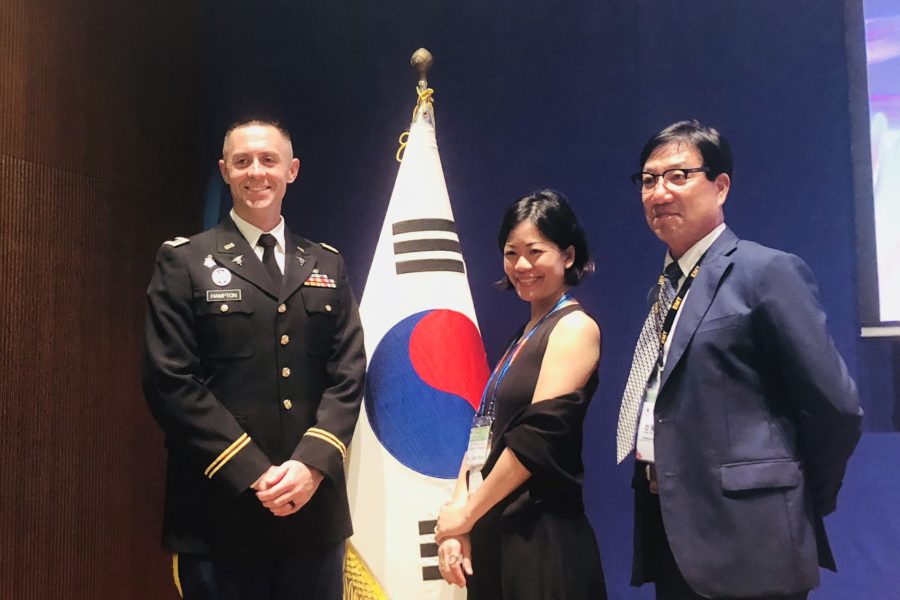
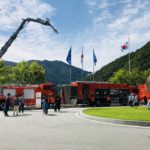
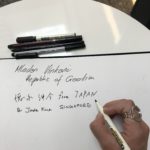
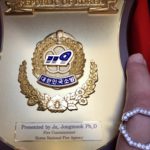
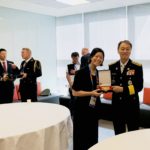
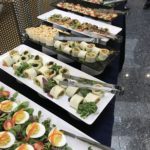
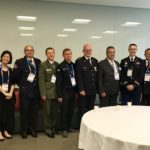
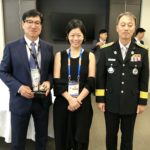
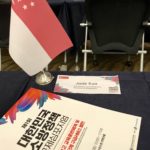
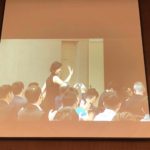
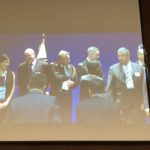
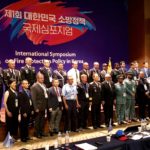
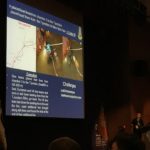
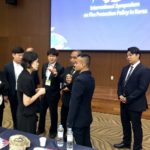
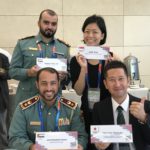
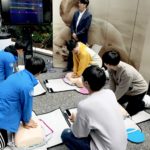
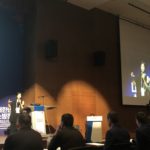
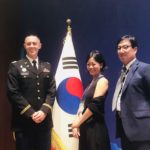
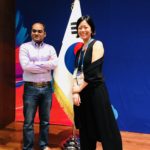
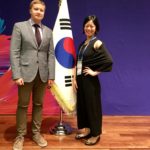
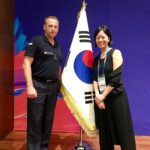
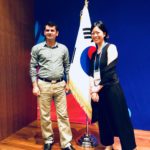
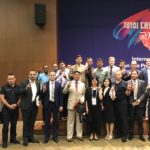
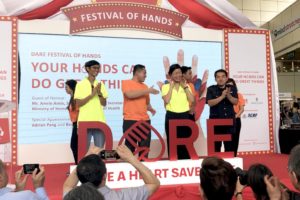
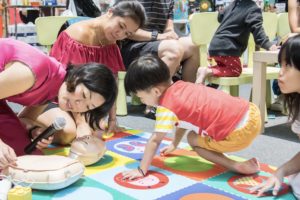
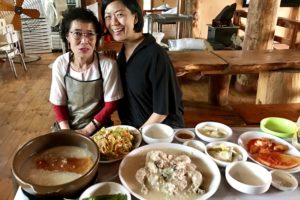
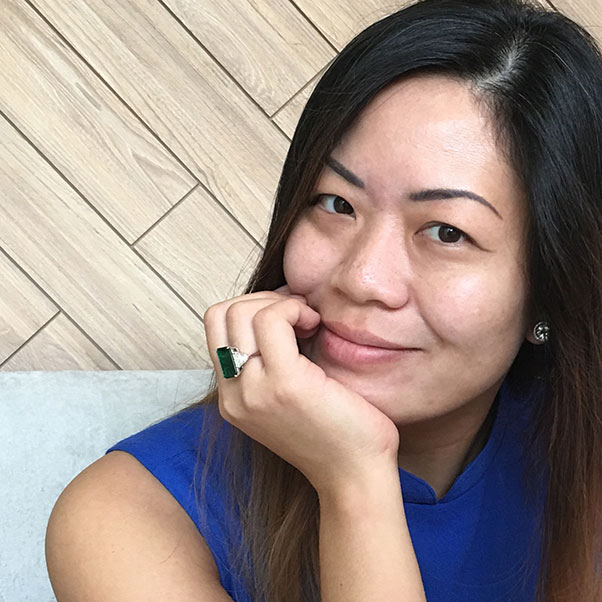




2 Comments
Leave your reply.